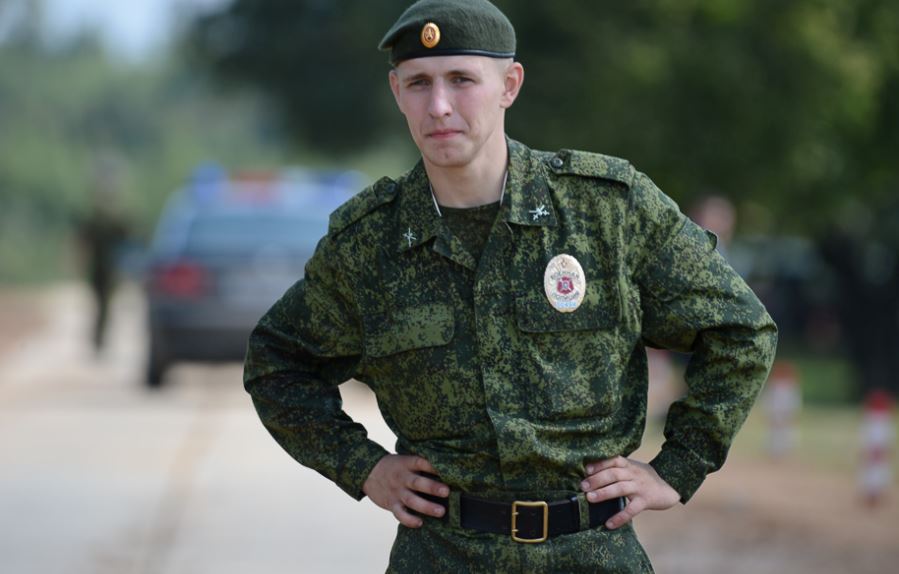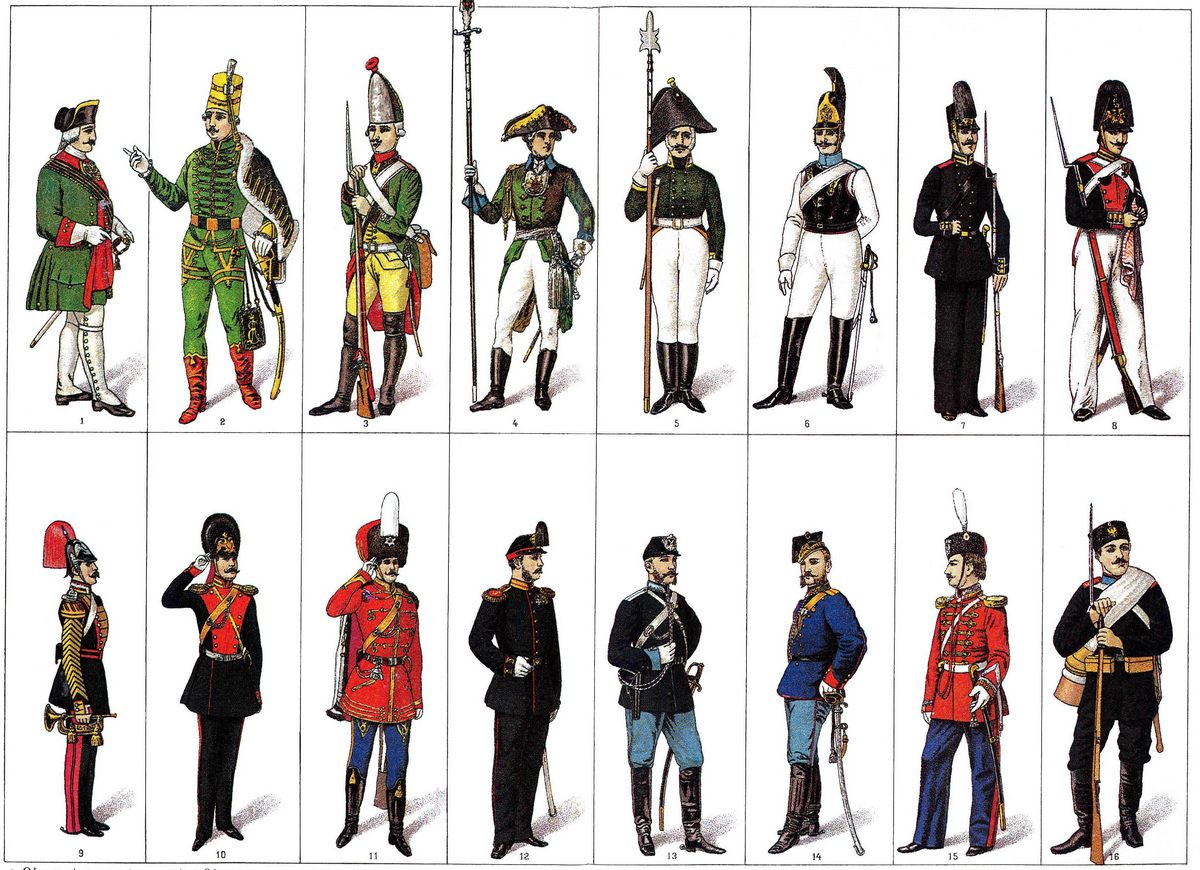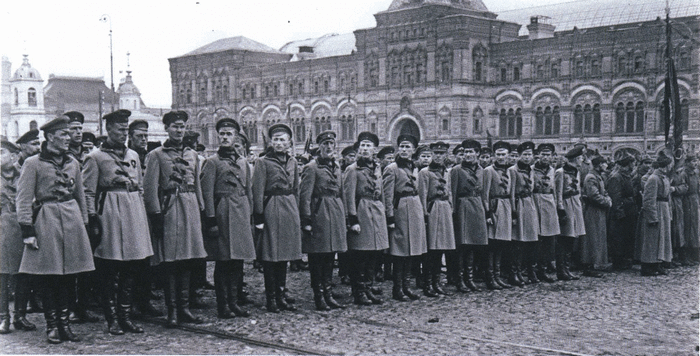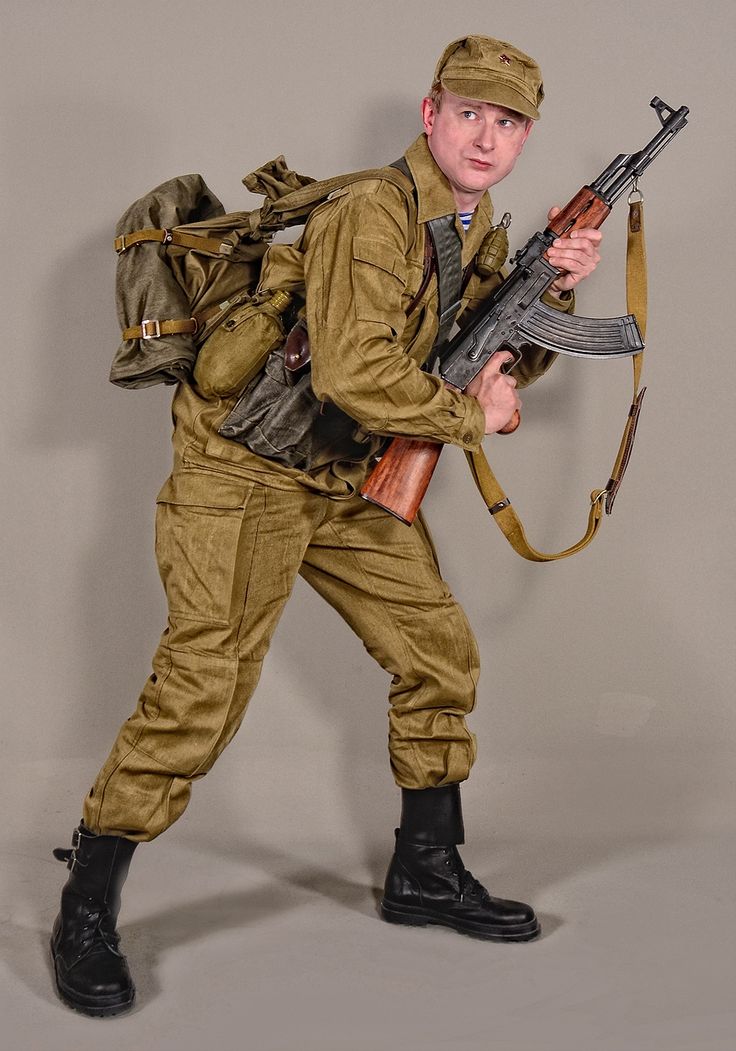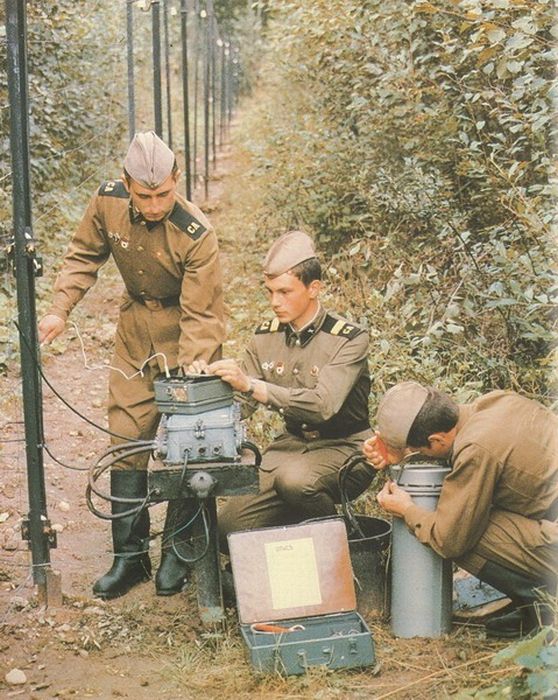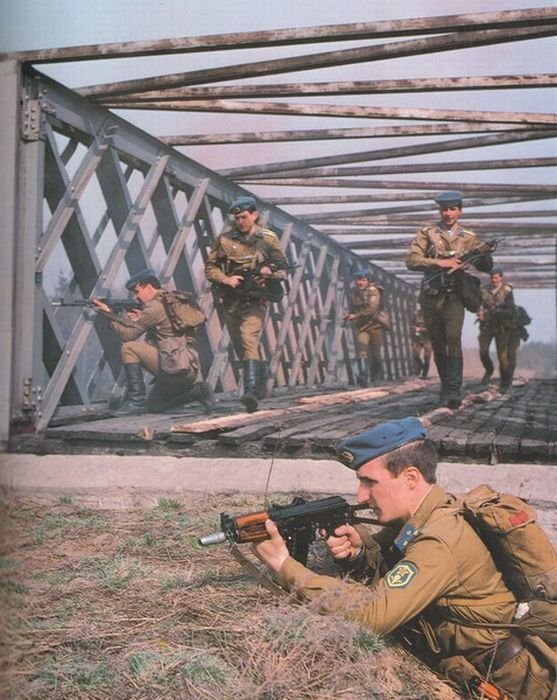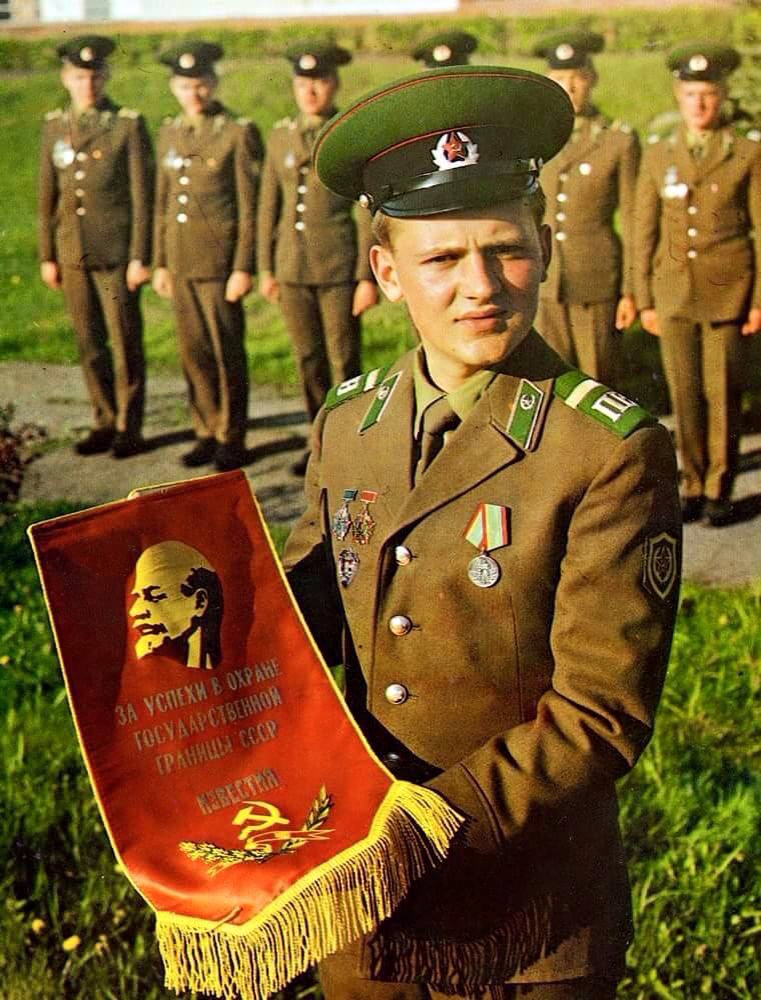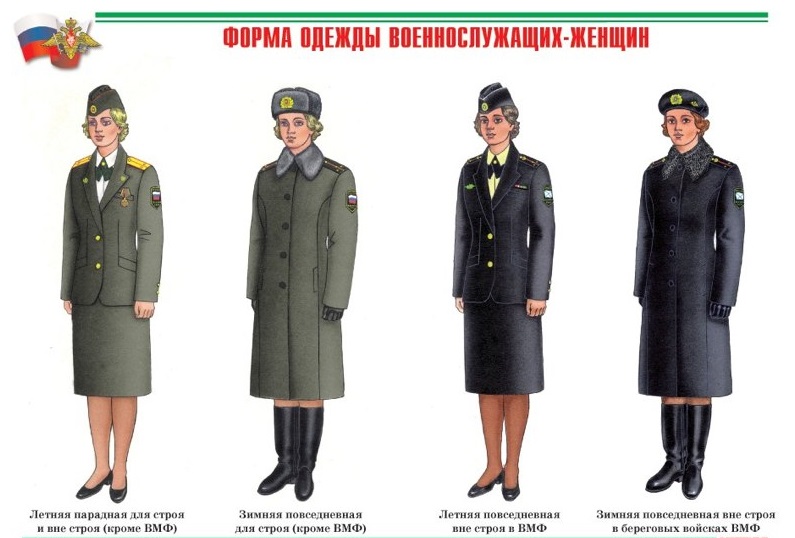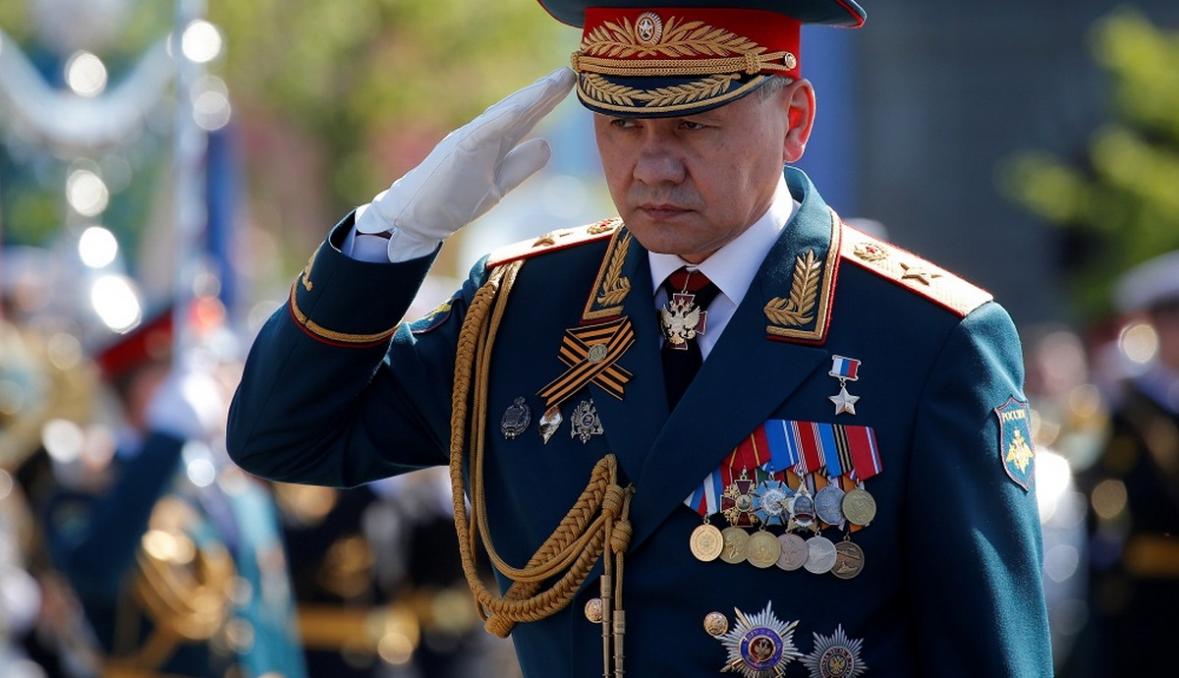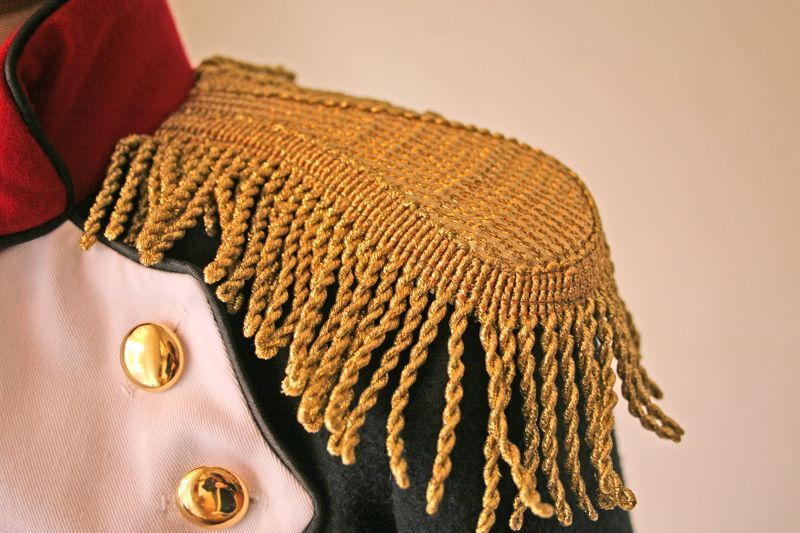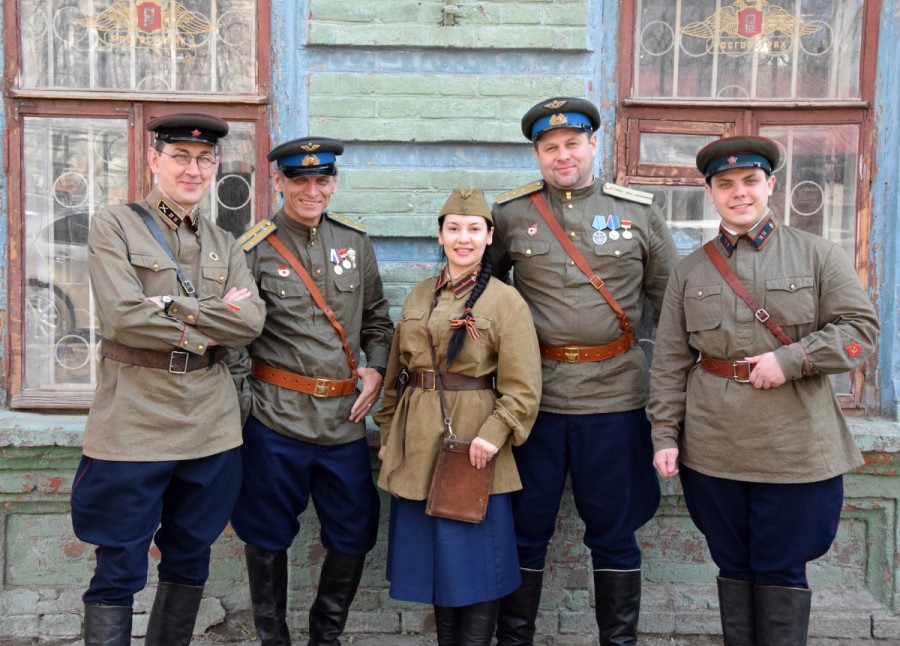The appearance of the military has changed throughout history. The attitude towards the troops has changed, as have the requirements for clothing. The functional military uniform of the Russian army did not acquire its current appearance by chance. The path to the modern image was long. To trace the changes, it is necessary to turn to history.
History of the creation of military uniforms
In Rus', before the emergence of a standing army, there was no single uniform. Only with the emergence of the Streltsy regiments in the 17th century did the dress uniform acquire certain distinctive characteristics, although it was worn only on major holidays. Streltsy wore:
- red or scarlet caftans;
- hats with trim;
- massive boots.
Under Peter I, a regular army was created. The uniform was made in the European style. The ceremonial military uniform consisted of a camisole, a caftan, stockings, tight trousers, a flattened cocked hat, and an epancha. It was made of green, red, and blue fabric. Later, Peter I introduced shoulder straps and an officer's scarf.
Military clothing was tight and uncomfortable, soldiers spent months training to put it on. During the reign of Catherine II, wigs were taken off the military. The uniform became more practical, it consisted of trousers, boots, a helmet, and a wide tunic. But under Paul I, all military attributes returned, including powdered wigs and uncomfortable uniforms.
Alexander II rejected beauty in favor of convenience and functionality. The uniform became spacious and comfortable. Warm clothes could be worn underneath. Greatcoats, hoods, and boots helped to survive the cold winters. Under Alexander III, the military uniform became even simpler, warmer, and cheaper to produce. In 1907, a single-breasted jacket with a stand-up collar was introduced. The clothes were buttoned, there were pockets on both sides and on the chest.
Uniform in the USSR
After the 1917 coup, the uniform changed dramatically. Shoulder straps remained as a relic of the tsarist army. A year later, cloth helmets appeared, which are now called Budenovkas. Only in 1943 did the gradual return to a single uniform become more noticeable. Changes also affected the ceremonial military uniforms of the armed forces.
The artillerymen donned red and black clothes, and the Cossack troops restored their traditional uniform. The Budenovka was abolished. Up until 1965, the basic uniform was approved and transformed, acquiring a look close to the modern one.
| Branch of the military | Military uniform |
| Infantry | Cap, trousers with crimson piping, black buttonholes. |
| Cavalry | Trousers, cap, edged in blue, black buttonholes. |
| Artillery | Red buttonholes. Black piping on the cap, red on the trousers. |
| Aviation | Light blue piping on trousers and cap, dark blue buttonholes. |
| Engineers, communications specialists, technical specialists | The piping on the trousers and the buttonholes are blue, the cap has a black band. |
| Radiation, chemical, biological protection | The piping on the trousers and buttonholes was red. The latter were dark green. The cap band was the same color. |
| Prosecutor's office, military doctors | The piping on the trousers and buttonholes is red. The buttonholes themselves and the cap band are dark green. |
The officer's dress uniform was steel-colored and featured buttonholes with the emblem of the Russian troops. The jacket, white shirt, and tie corresponded to the troops. Cockades with a star and green leaf edging came into use.
Later, the changes were not so significant. Adjustments were made occasionally, for example, by 1972 the tunic was replaced by a jacket. The famous Afghankas (field suits) appeared after the military actions of the same name.
Clothing of the RF Armed Forces
The Russian army's military uniform underwent changes after the collapse of the USSR. The dress uniform was equivalent to the field uniform with minor differences. It remained in this form until 2008. Adjustments were sometimes made, but minor ones.
Olive became the main color of everyday Russian military equipment. Greatcoats gave way to winter coats. The military jackets familiar to soldiers were replaced by jackets with pockets. Stripes, chevrons, and distinctive signs helped to recognize representatives of different types of troops.
The field uniform of the Russian military consisted of a jacket with 6 pockets, two of which were located on the chest, the same number on the lower part and on the sleeves. The camouflage coloring was brown, green and dark green. The trousers had two flap pockets. A badge was attached to the collar, indicating the type of troops.
A camouflage cap with a cockade and ankle boots completed the military man's look. In winter, the set was complemented by a warm jacket with a fur collar not only for warrant officers, sergeants and officers, but also for ordinary soldiers. In cold weather, they wore a cap with earflaps and a cockade. A sword belt was provided for the officer corps.
Despite the changes that occurred in military equipment after the collapse of the USSR, the cut and color scheme were preserved. This is especially true for junior and senior officers' jackets. The parade uniform of the Russian military differed from the drill uniform in several elements.
The piping on the jacket cuffs was abolished. In winter, they wore astrakhan hats. The cap bore the coat of arms of the Russian Federation, and the sides of the uniform began to bear a sign that made it possible to recognize the branches of the armed forces. The senior officers were given embroidered gold leaves on the sides. Women began to wear caps instead of berets.
Differences between basic uniform and multilayer system
In 2005, Russian President V. V. Putin issued a decree banning the wearing of uniforms by those who are not involved in military service. Papakhas for the winter season appeared in Russia. Shoulder straps were now attached to the chest, sleeves, and some elements of the equipment began to be made with Velcro.
Greatcoats acquired a fitted shape. Long johns and foot wraps were taken out of use. Special warm sweaters were made for officers. The basic wardrobe of a military man was supplemented with seasonal jackets, protective vests, boots, balaclavas. An office suit was provided for officers and generals.
The updated all-season kits allowed combat operations to be carried out at any time of the year, regardless of weather conditions. The multi-level system with thermal insulation included 8 layers and was made of modern fabrics with the addition of synthetic fibers, increasing the strength and wear resistance of the products. The military uniform created from these materials allowed protection from the cold at low temperatures down to -40 C°.
Reforms of 2008 and 2012
In 2008, the development of military equipment was entrusted to the famous fashion designer Valentin Yudashkin, who was far from the Russian armed forces. As a result of the innovations, the dress uniform was no longer different from the everyday uniform, and the piping was removed from the trousers. The new military uniform had to meet quality standards and meet the needs of those for whom it was intended – military personnel. But it turned out to be unsuitable for combat operations for a number of reasons:
- The jackets were too tight at the waist.
- The new overcoat could not protect from either low temperatures or the wind.
- The field uniform with shoulder straps on the chest was significantly inferior in wear resistance to the old one.
- The winter set was cold even in slight frosts.
The 2012 reform was intended to correct the mistakes made earlier. The quality of tailoring was improved, leaving the dress version without significant changes. The everyday uniform was transformed, unnecessary elements were eliminated. An office set was introduced, and the chest flaps were supplemented with Velcro. Today, women's and men's military equipment in Russia is based on three colors:
- Blue – aviators and paratroopers.
- Black - Navy and Marines.
- Green - artillery and infantry.
The 2012 reform also changed the caps. The headdress was transformed by reducing the size of the visor. In winter, women began to wear a karakul hat, and in summer - a cap with a cockade. The office version of female military personnel was supplemented with trousers and a skirt. In summer, they are required to wear low-heeled shoes, and in winter - boots.
Russian military uniforms have undergone changes over the years. Beauty has given way to functionality, durability, and the ability to retain heat. The modern version of the equipment meets all quality standards, from durable fabric for sewing to comfortable shoes.
Video

